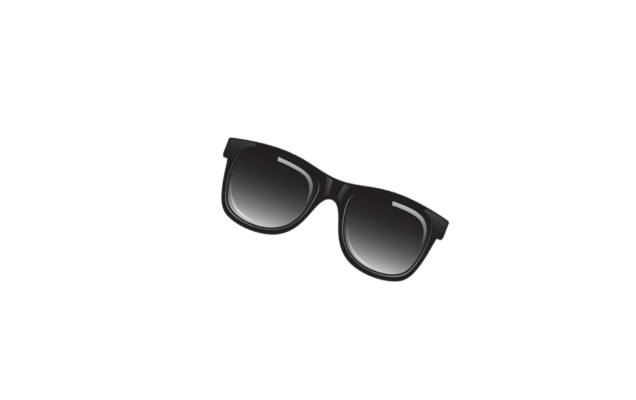Identity theft is a form of fraud where a person pretends to be someone else in order to access resources in that person’s name. Akin to a famous movie star hiding behind her designer sunglasses to disguise her true identity and assume the appearance of an “every day” person. (Although, her intent is surely to avoid the paparazzi and not aimed at stealing from an individual.) Identity theft is one of the fastest growing cybercrimes in the world. You could easily become a victim if you don’t take the necessary steps to protect yourself.
Top 5 Online Identity Theft Prevention Tips
Below are our top five online identity theft prevention tips to help you avoid becoming a victim of identity theft:
- Always use different strong passwords—change them often
- Use an up-to-date, encrypted web browser
- Detect and remove malicious, data-stealing software
- Limit the amount of personal information accessible by others on your social networks
- Use an identity theft protection service (Learn about our Dark Web Monitoring services here.)
Identity Theft Also Affects Businesses
Today, every business is at risk for data breaches. As a small business owner, you need to be aware that a black market for the buying and selling of stolen information exists. The exposure of info like your customer’s credit card numbers could have devastating repercussions. What’s more, some businesses may not even realize they’ve been compromised until their data has been bought and used by someone else.
Contact IT Radix today and address the threat before it’s too late!
Before you become a victim of identity theft, check out who’s really hiding behind those Foster Grants. The history behind the origins and use of sunglasses is pretty interesting. Learn more below.
History of Sunglasses—A Little Shady Business
The use of eye protection dates back to pre-historic time when Inuits created the first-known sunglasses by flattening walrus ivory with narrow slits to block the sun’s rays and prevent snow blindness. The Roman emperor Nero used polished green gemstones to prevent the glare during gladiator matches, and 12th century Chinese judges wore smoky quartz lenses to cover their eyes and conceal their facial expressions when questioning witnesses.
Eye protection was only available to the wealthy until 1929 when Sam Foster sold inexpensive, mass-produced frames made specifically to protect people’s eyes from the sun on the beaches of the Atlantic City Boardwalk. Around this time, sunglasses also became widely popular among actresses wanting to hide from the paparazzi.
In 1936, Edwin H. Land invented polarized lenses that not only reduce glare but also made images appear sharper and clearer. To test whether you have the real deal, hold the sunglasses up against a television or computer screen and see if the lenses become clear when turning them sideways.
Before catching some rays this summer, make sure to protect your sight!
Shady Business (history of sunglasses) first published in our August 2020 IT Radix Resource newsletter


